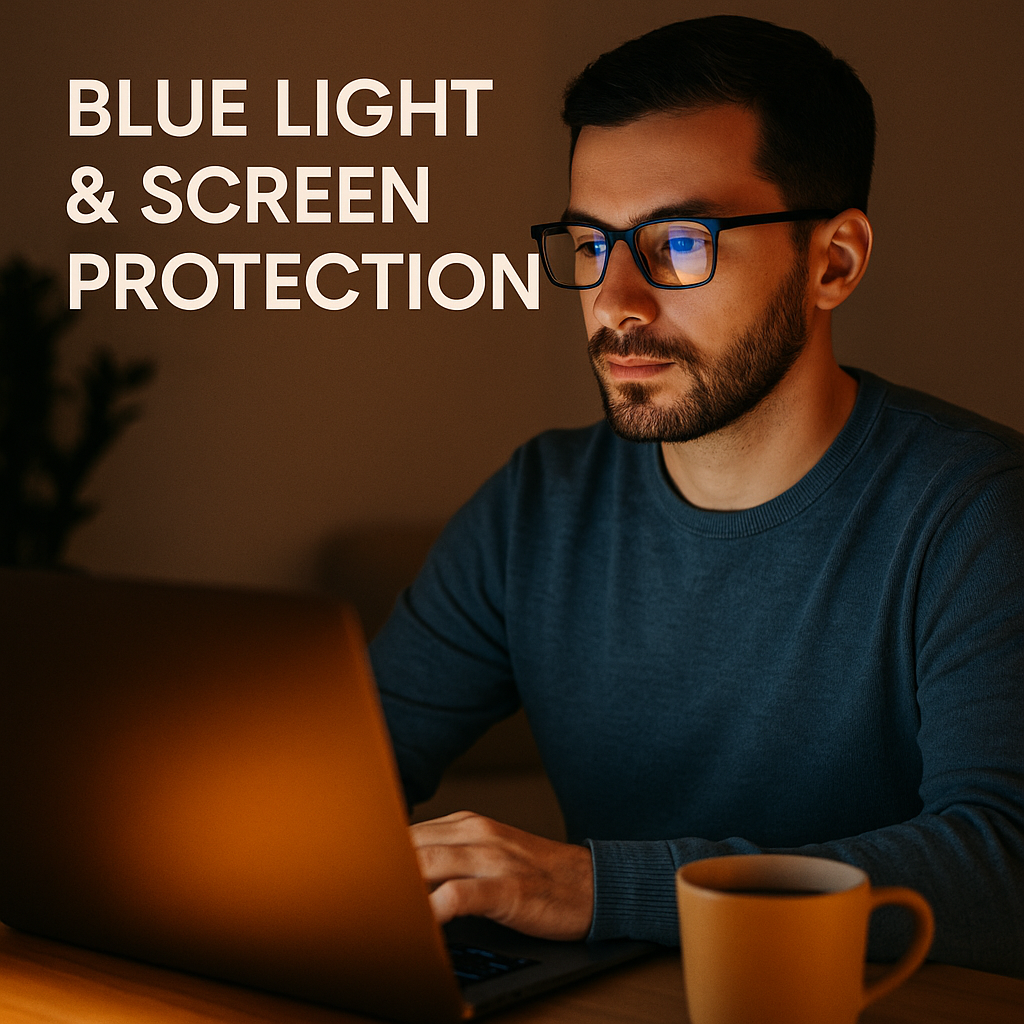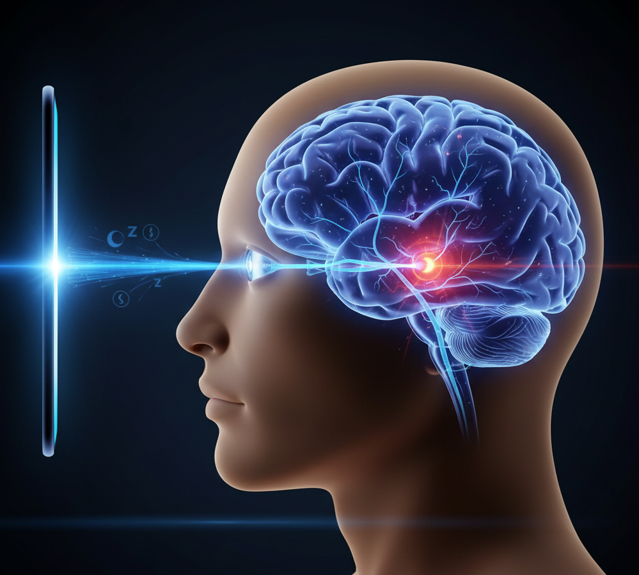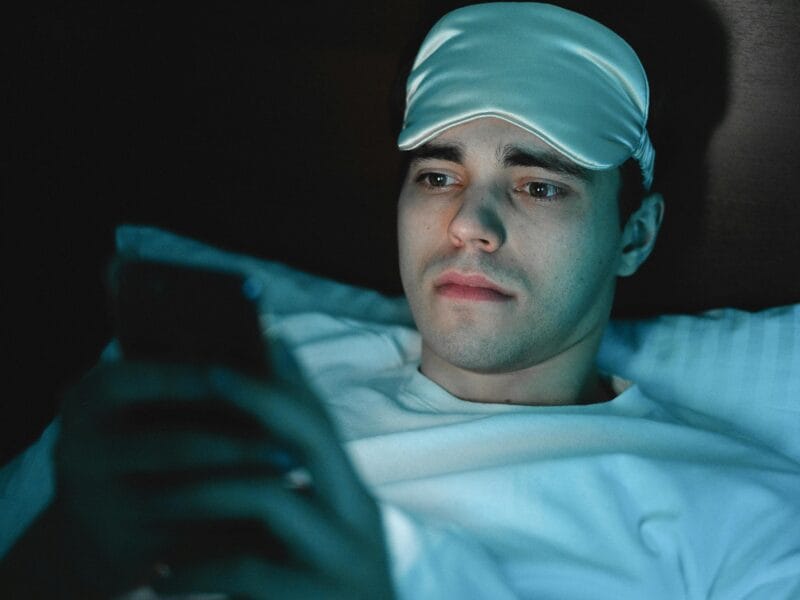Introduction: Why Blue Light Protection Matters
Screens are everywhere — smartphones, tablets, laptops, TVs. The average adult spends over 7 hours a day in front of digital devices, and with that comes increased exposure to blue light.
Blue light is a high-energy visible (HEV) light emitted by digital screens and LED lighting. While some blue light from the sun is natural and beneficial, excessive artificial exposure can disrupt sleep, strain your eyes, and may contribute to long-term vision problems.
This article explores how blue light affects your eyes, what the risks are, and the best ways to safeguard your vision in the digital era.
1. What Is Blue Light?
Blue light belongs to the visible light spectrum, with wavelengths between 380–500 nanometers. It has more energy than other colors of visible light, which makes it both beneficial and potentially harmful.
Natural Source: The sun (regulates circadian rhythm, boosts alertness).
Artificial Sources: LED screens, smartphones, tablets, computer monitors, fluorescent lights.
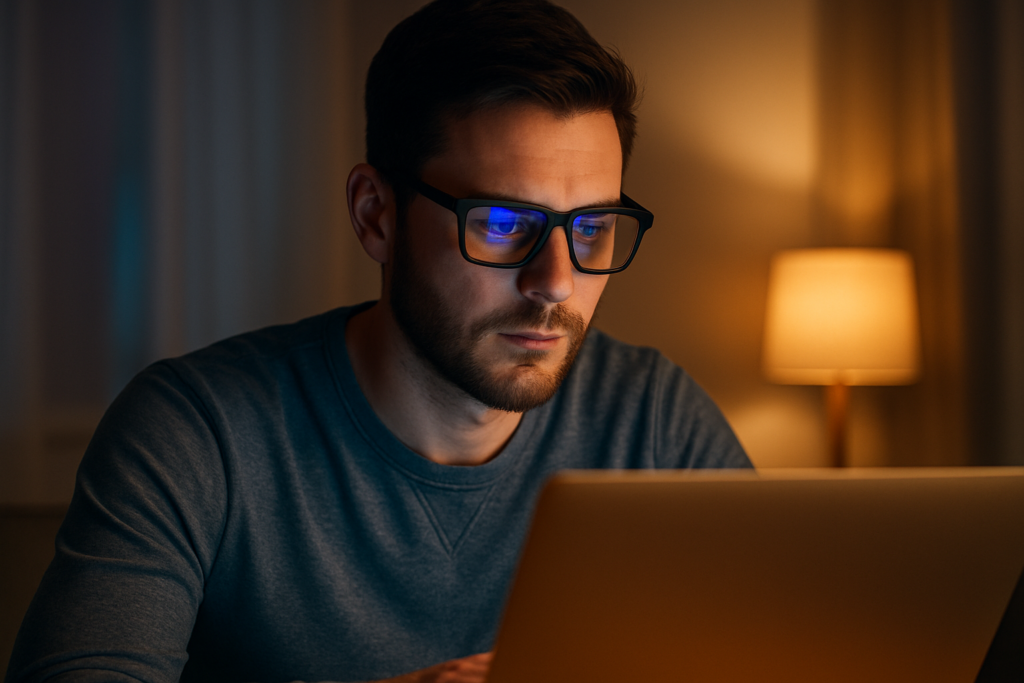
2. Effects of Blue Light on Eye Health
- Digital Eye Strain – headaches, dry eyes, blurred vision.
- Sleep Disruption – blue light suppresses melatonin, delaying sleep cycles.
- Retinal Stress – prolonged exposure may increase oxidative stress on retinal cells.
- Increased Risk Factors – some studies suggest a link with macular degeneration.
3. Common Symptoms of Blue Light Overexposure
- Tired or burning eyes after long screen use
- Trouble falling asleep at night
- Sensitivity to bright screens in dark rooms
- Difficulty focusing
- Neck and shoulder tension (often linked to posture during screen use)
Did You Know?
- Blue light makes your brain think it’s still daytime — reducing melatonin production and delaying sleep.
- People who use blue light filters or glasses report up to 50% less eye strain during screen time.
- Even short breaks — just 20 seconds every 20 minutes — significantly reduce digital fatigue and dryness.
4. Proven Ways to Protect Your Eyes from Blue Light
4.1. Blue Light Blocking Glasses
Specially designed lenses that filter harmful HEV light.
Benefits:
- Reduce headaches and strain
- Improve sleep quality
- Comfortable for long workdays
4.2. Screen Filters and Apps
- Physical blue light screen protectors for monitors and phones.
- Software tools (f.lux, Night Shift, Dark Mode) that adjust color temperature.
4.3. Adjust Screen Settings
- Lower brightness to match your environment.
- Enable “Night Mode” on all devices.
- Increase text size to reduce strain.
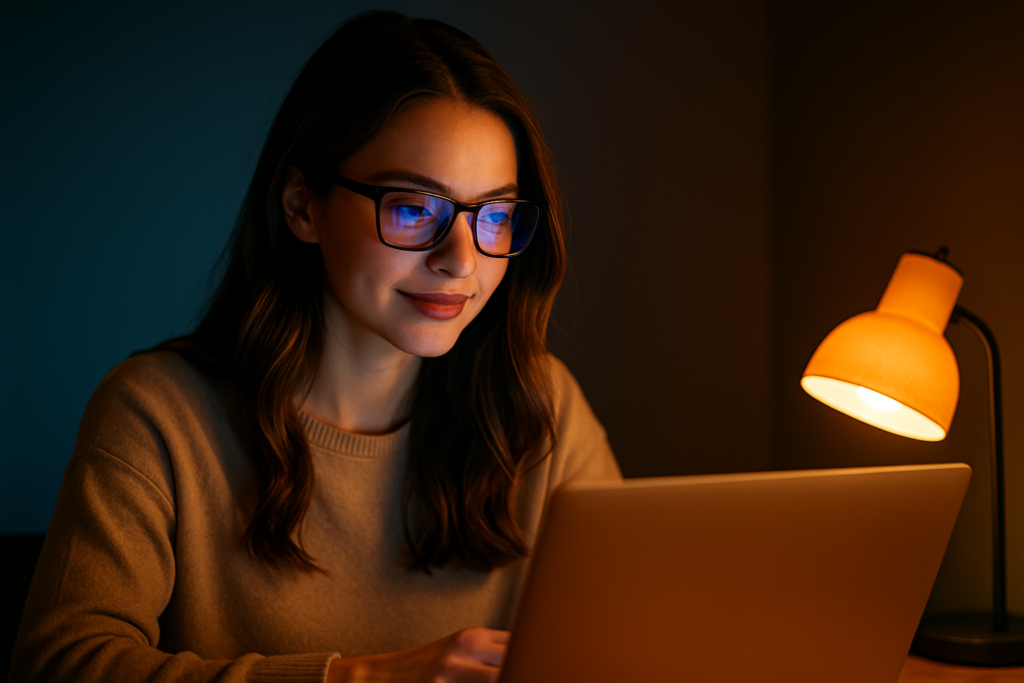
4.4. The 20-20-20 Rule
Every 20 minutes, look at something 20 feet away for at least 20 seconds.
4.5. Improve Your Workspace
- Use indirect, natural lighting.
- Adjust monitor height to eye level.
- Keep proper distance: 50–70 cm from your screen.
4.6. Nutrition and Supplements
Foods rich in lutein, zeaxanthin, and omega-3 fatty acids support retinal health and help protect against oxidative stress.
💡 Useful Tips
- Take screen breaks every hour.
- Avoid screens 1–2 hours before bedtime.
- Use warm light bulbs in your bedroom.
- Keep your screens clean to reduce glare.
🤔 Did You Know?
- The average blink rate drops from 15–20 blinks per minute to 5–7 when using screens.
- Blue light exposure at night can delay sleep by up to 90 minutes.
- Children are more vulnerable because their eyes absorb more blue light than adults.
❓ Frequently Asked Questions (FAQ)
Q: Do blue light glasses really work?
A: Yes, they filter harmful HEV light, reduce digital eye strain, and improve sleep.
Q: Is blue light dangerous for the eyes?
A: In moderation, no. But excessive exposure causes strain and may contribute to retinal stress over time.
Q: Can I protect my eyes without glasses?
A: Yes, with screen filters, night mode, and healthy screen habits.
Q: Do phone screen protectors reduce blue light?
A: Yes, high-quality ones block up to 50% of HEV light.
Q: Should children use blue light protection?
A: Absolutely. Kids spend more time on tablets/phones and are more sensitive to blue light.
🔑 Key Takeaway
Blue light is unavoidable in the digital era, but its effects can be minimized with the right tools and habits. From blue light glasses and apps, to nutrition and lifestyle changes, protecting your eyes today means healthier vision tomorrow.
💡 Remember: Prevention is always easier than treatment — make blue light protection part of your daily routine.

